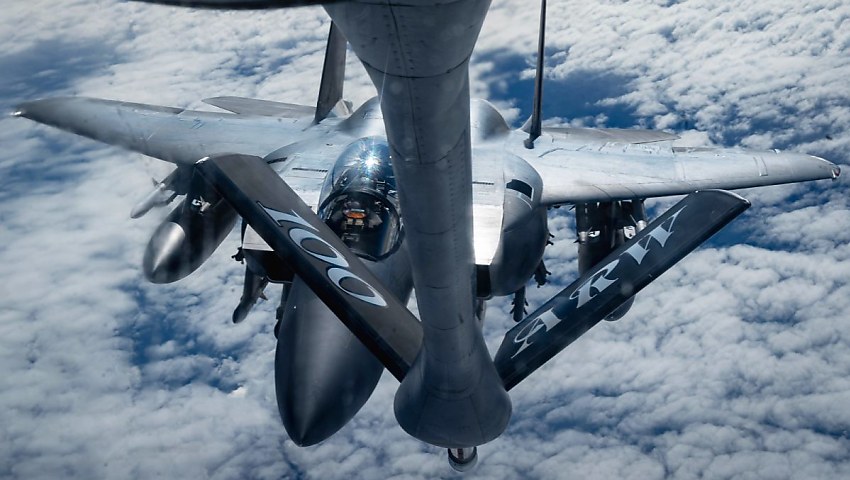Dispersal of aircraft and the impacts of denied air superiority have been important lessons learnt from the Ukraine War so far, according to a US military official speaking in Europe.
To continue reading the rest of this article, please log in.
Create free account to get unlimited news articles and more!
Both Ukraine and Russia have significant, integrated air and missile defence systems, which have prevented either side from establishing air superiority; and led to the development of agile combat employment capability, according to US Air Force General James B. Hecker.
“It (the invasion of Ukraine by Russia) has given us the opportunity to take a look and learn some lessons from what’s going on in the last year and a half. I think, by far, the largest lesson that we’ve learned is that neither side was able to get air superiority,” General Hecker said while speaking at Ramstein Air Base, Germany.
“I think we all thought that Russia would get it within a couple of days, and we’d be looking at a 10-day war.
“But since they weren’t able to do that, we end[ed] up with a fight that we have today ... we haven’t seen one like this probably since World War I.”
Ukrainian counter-air capabilities, including the early destruction of at least 75 Russian aircraft by shoulder-fired and anti-aircraft platforms, have forced Russian air assets to change their traditional tactics.
“What we’ve seen out of the Russian side is they have gone to solely using one-way (unmanned aerial vehicles) they get very cheaply from Iran, or they use cruise missiles off of their bombers that they launch from thousands of miles away,” General Hecker said.
“My number one priority, and throughout NATO, on the air side is to counter the anti-access, area-denial mission. We’ve been putting a lot of effort on improving our skills and working with all of the allies to do that.”
General Hecker said other priorities include counters to one-way aerial vehicles, further investment in information sharing between allies, dispersal of aircraft and equipment to safeguard deterrence, as well as command and control of those dispersed forces.
“As weapons get a lot more accurate, they can just hit every single aircraft even if it’s dispersed (on an air base),” he said.
“What we have to do now is disperse our aircraft amongst different airfields and potentially even on highways.
“(As well as the additional priority regarding) how are we going to command and control all these units, especially if they’re taking off and landing at other airfields using the ACE (agile combat employment capability) concept? How are we going to make that happen?”

 Login
Login







